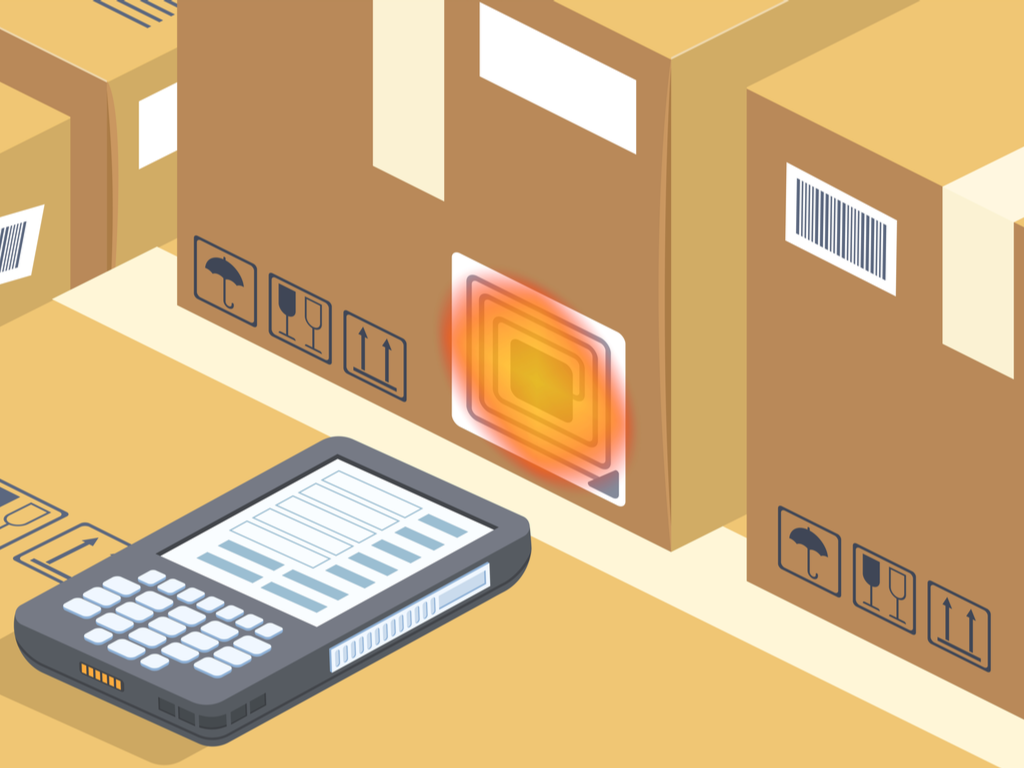New Technologies for Profesional Shipment Tracking

Technology for shipment tracking is progressing at a breakneck speed, resulting in a slew of future tracking gadgets that can do anything from store solar energy for five years to interact with one another without the need for human involvement. Manufacturers and shippers can now track shipments, manage inventory, and prevent theft in previously unthinkable ways thanks to these advancements. While classic tracking technologies like radio frequency identification (RFID) and bar codes are still useful, advances in cellular and satellite technology, as well as falling prices, have made it easy to obtain near-real-time coverage for virtually the entire globe.
When choosing cargo tracking technology, businesses must strike a compromise between financial restrictions and a realistic assessment of the coverage required. In the end, it's all about understanding how to respond to the facts you've gathered. Professional courier tracking may use data to take action that will improve their bottom line and guarantee a return on investment. The dual aims of cargo security and inventory management influence decisions regarding what sorts of technologies to utilize at Pfizer, a pharmaceutical firm located in New York City. Depending on the asset and route taken, the firm uses a combination of real-time tracking devices and those that provide point-to-point information.
There are a lot of variables in the technology selection equation. Professional Courier Tracking shipments containing goods that cargo thieves want, such as high-street-value medicines, may be outfitted with the most advanced equipment, such as satellite monitoring devices, whereas pharmaceuticals with a lesser risk of theft or product damage are followed less closely. Similarly, Pfizer maintains a closer check on shipments passing through high-risk locations like Mexico and South Africa than those passing through calmer places.
Satellite tracking technologies currently provide near-real-time, location-based data for up to 98 percent of the world's commercially traveled territory. Bi-directional communication is usually possible with these devices. Satellites track remote assets in one direction, reporting data to a database accessible via a Software-as-a-Service (SaaS) solution in the other. Because these systems are often cloud-based, they may be accessed from any device with an Internet connection.
Track & Trace Your Tracking Number
If the vendor ships your item, you may track it using our service. You will require a Professional courier tracking number. If you do not already own one, you can get one from the vendor. Enter the tracking number in the search area. The system will display the location of your item.
Although some aspects of data reporting encounter delays, or latency, tracking is near-real-time. Depending on how many satellites cover the asset's location, latency can last anywhere from a few seconds to several minutes. Data reporting is slower in regions where there are fewer satellites, such as in the poles. Shippers tracking goods can use M2M to connect with the devices, change reporting frequencies, and investigate warnings issued by associated sensors. These gadgets can transition from cellular to satellite automatically, thanks to clever software that analyzes available networks and selects the optimal option based on coverage and cost.
Cellular, like satellite, provides data in real time. It is less expensive than satellite, however it only covers a smaller portion of the globe. While its cheap cost makes it an excellent choice for tracking freight as it travels through the growing swathes of the world covered by cellular, satellite remains the preferred option in rural areas or for assets that move in and out of cellular coverage.
Admin Professional